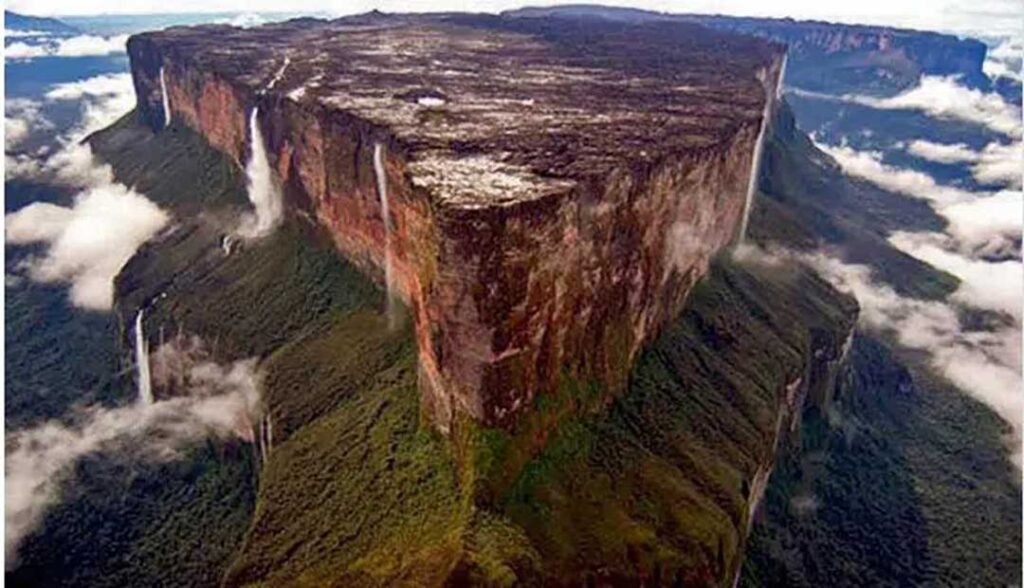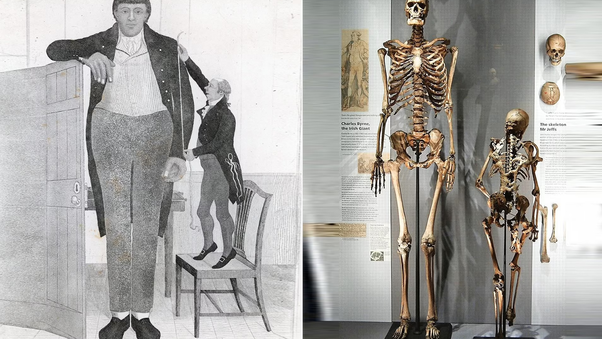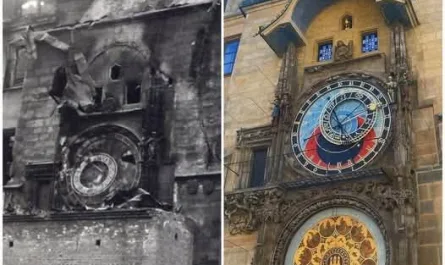Carved into the vertiginous slopes of Huayna Picchu, the Stairs of Death are a heart-pounding testament to the ingenuity and audacity of the Inca Empire (1438–1533 CE). Rising 2,693 meters above sea level, this steep peak towers over Machu Picchu in Peru, and its narrow, precarious stone steps lead climbers to ancient ruins and breathtaking vistas. These stairs, part of the Inca’s masterful use of the mountain’s terrain, embody both their architectural brilliance and the unforgiving challenges of their sacred landscape.
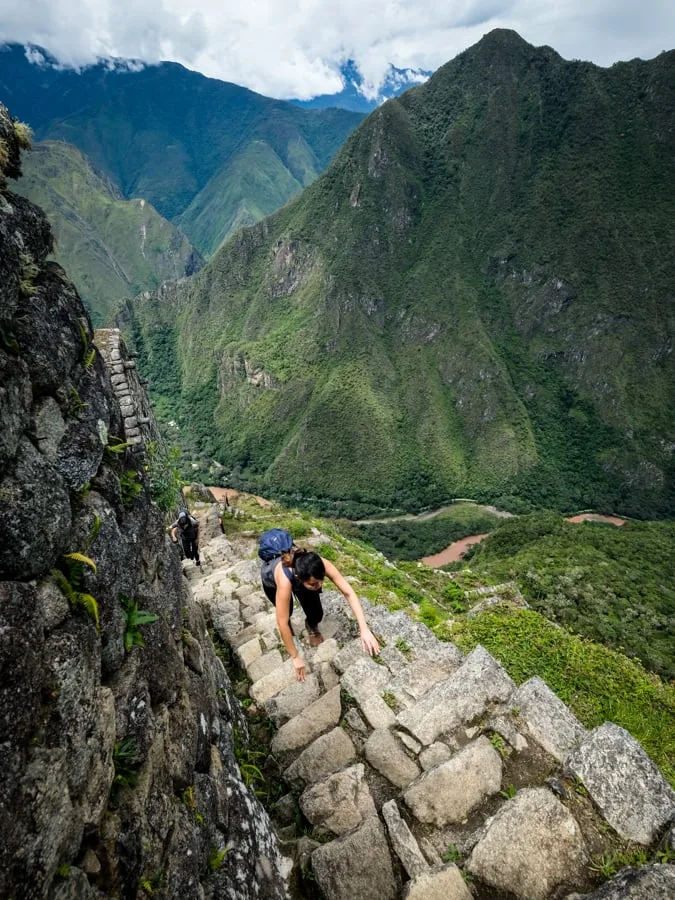
A Daring Ascent
The Stairs of Death, etched into Huayna Picchu’s near-vertical face, were constructed by the Incas to access the summit, where ceremonial ruins, including platforms and structures possibly linked to priestly or ritual functions, await. The steps, often less than a foot wide, are too narrow for climbers to place both feet side by side, forcing a cautious, single-file ascent. With no handrails or safety features, climbers cling to the stone terraces on one side or, in some sections, a single rope added in modern times for minimal support. The path, winding through agricultural terraces once used to grow crops like maize or potatoes, reflects the Incas’ ability to transform steep inclines into productive land.
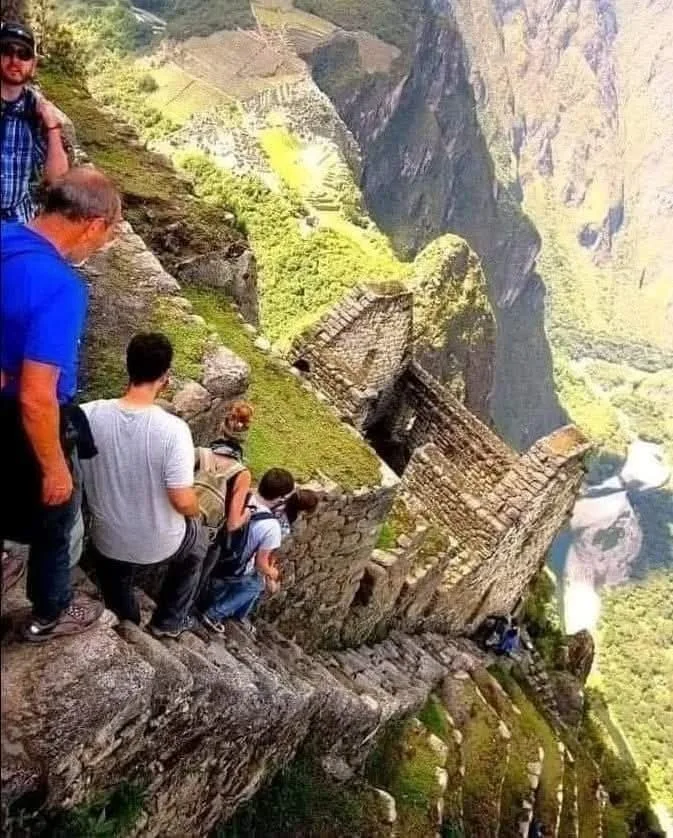
The climb, limited to 400 visitors daily by Peruvian authorities, takes about 45–90 minutes each way, depending on fitness and nerve. The stairs’ irregular, weathered surfaces, combined with exposure to sheer drops and frequent mist or rain, earn them their ominous nickname. Yet, for the Incas, who navigated these paths without modern aids, the route was likely a sacred pilgrimage, connecting Machu Picchu’s urban center to the spiritual heights above.
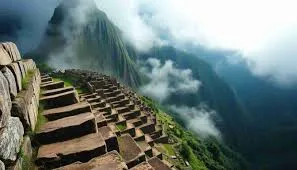
A Window to Machu Picchu’s Glory
From Huayna Picchu’s summit, climbers are rewarded with unparalleled views of Machu Picchu, the 15th-century Inca city nestled in a saddle between peaks. The panorama reveals the city’s intricate stonework, temples, and terraces, framed by the Urubamba River valley. Nearby, the Temple of the Moon, a cave-like shrine carved into the mountain’s northern face, adds to the site’s mystique, possibly serving as a ritual space for lunar worship. The sweeping vistas of cloud forests, Andean peaks, and the distant Vilcabamba range make the perilous climb a transformative experience, linking modern adventurers to the Inca’s reverence for their sacred landscape.
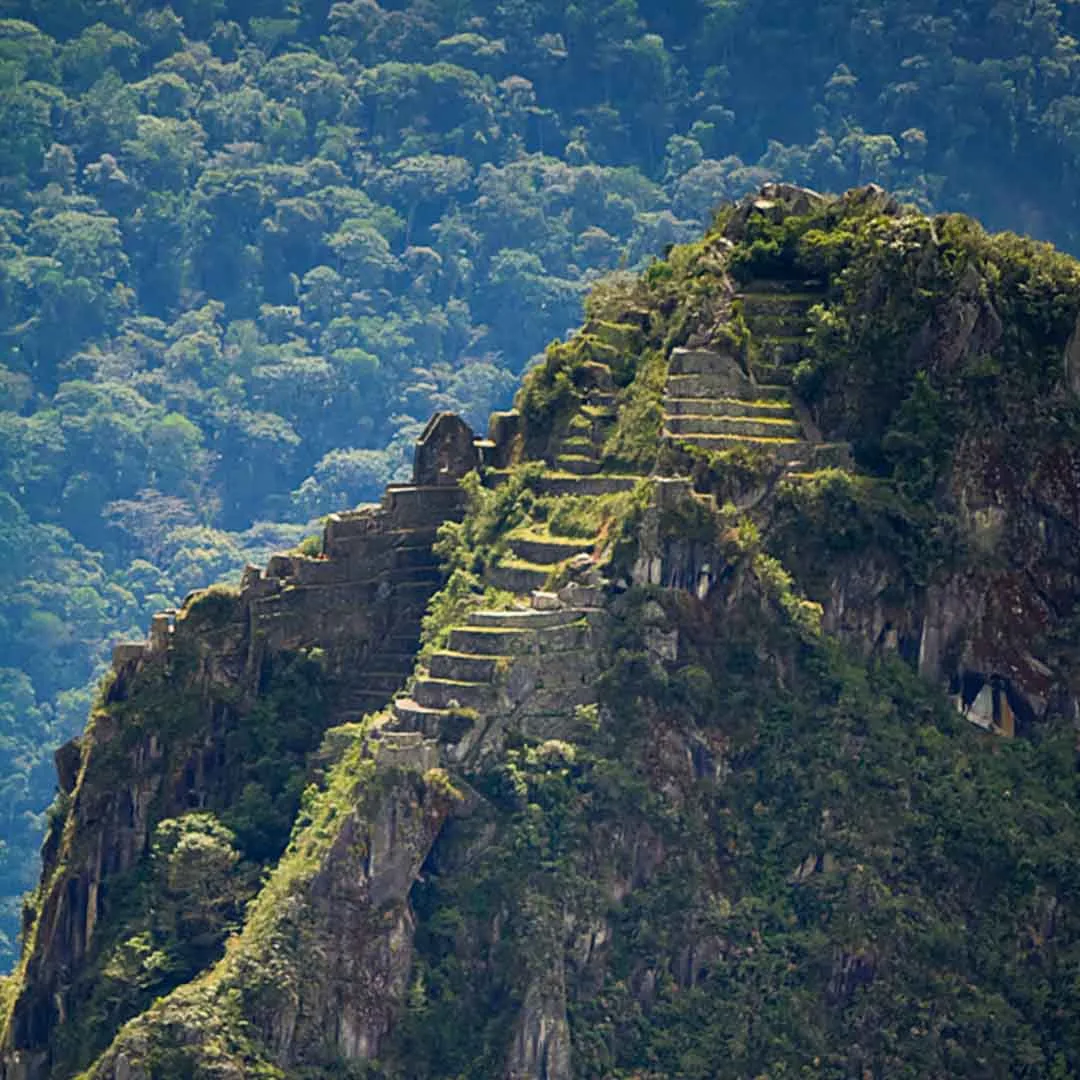
Inca Engineering and Legacy
The Stairs of Death showcase the Incas’ engineering genius, adapting Huayna Picchu’s rugged terrain for agriculture and access. The terraces, built with retaining walls of precisely cut granite, prevented erosion while supporting crops in a region with steep slopes and heavy rains. The stairs, integrated into these terraces, reflect the Incas’ holistic approach to architecture, blending utility with spiritual purpose. Huayna Picchu, part of the Machu Picchu UNESCO World Heritage Site since 1983, likely served as a guard post or sacred site, complementing the main city below.
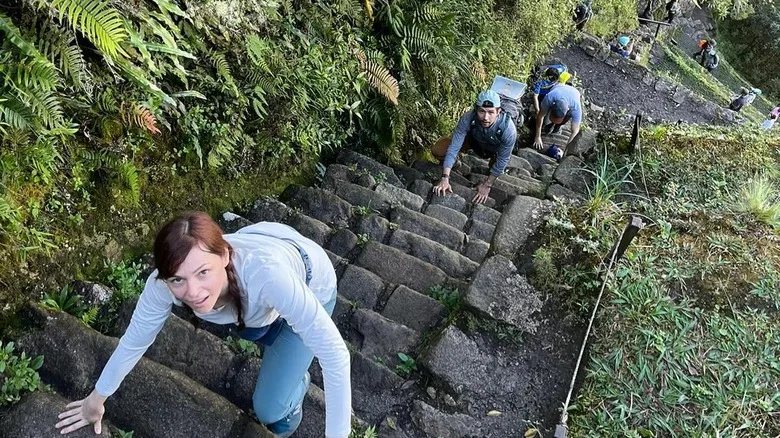
A Test of Courage
Today, the Stairs of Death draw intrepid hikers seeking to conquer one of Machu Picchu’s most thrilling challenges. The absence of safety features and the stairs’ dizzying exposure demand physical stamina and mental fortitude, echoing the resilience of the Incas who built them. For those who ascend, the reward is not just the view but a connection to a civilization that mastered the Andes’ heights. The Stairs of Death remain a powerful symbol of Inca ingenuity, daring, and their enduring bond with the mountains they called home.

